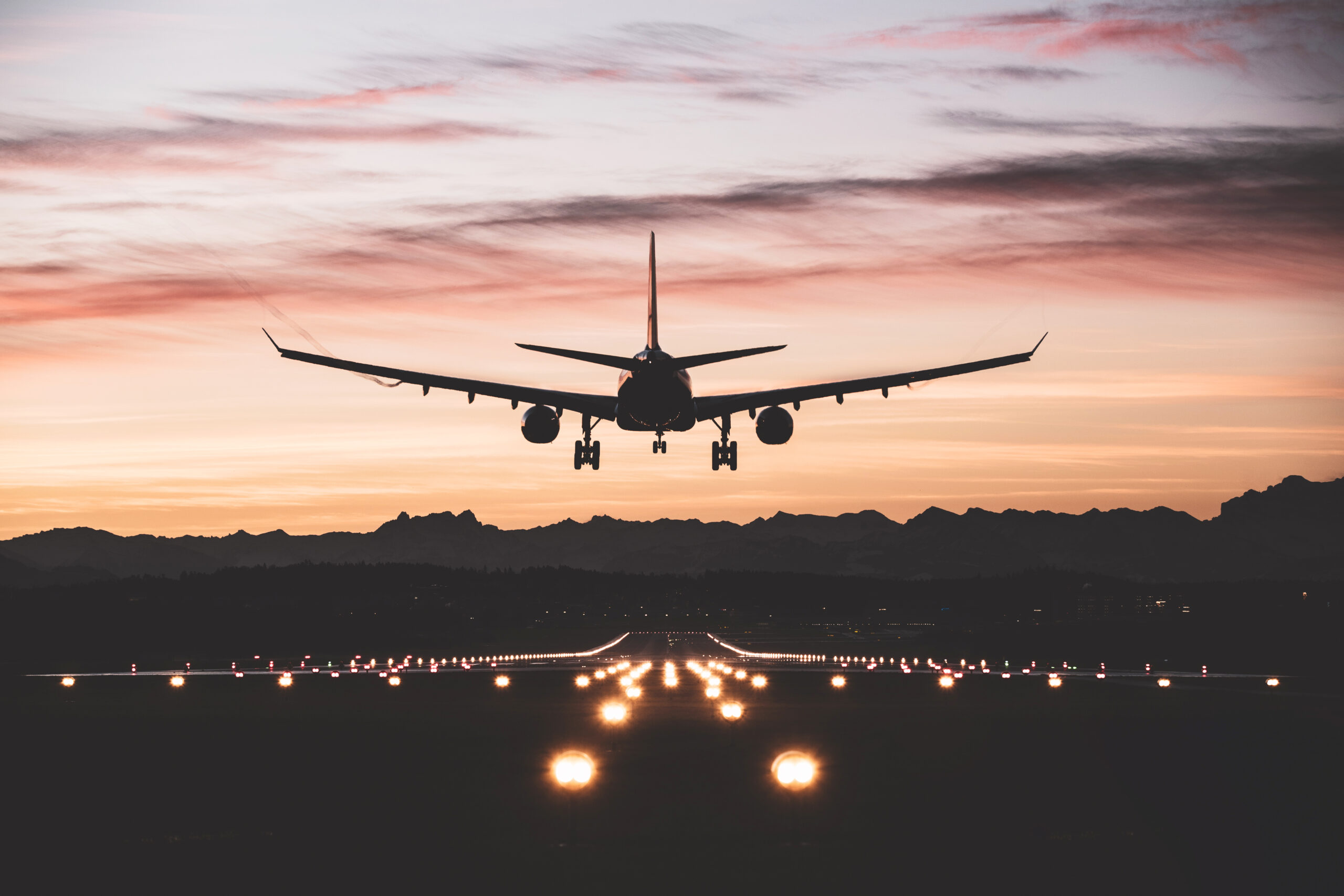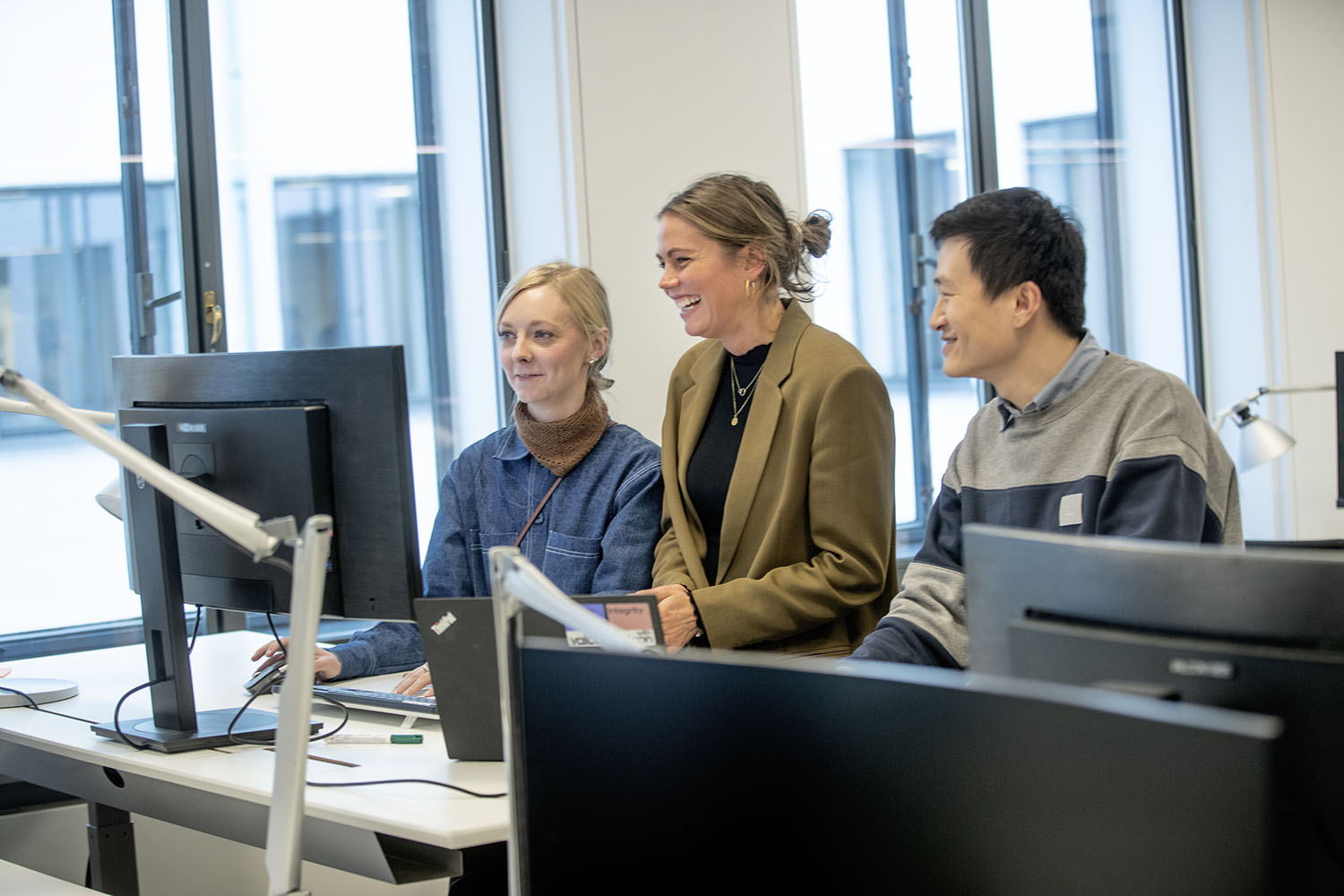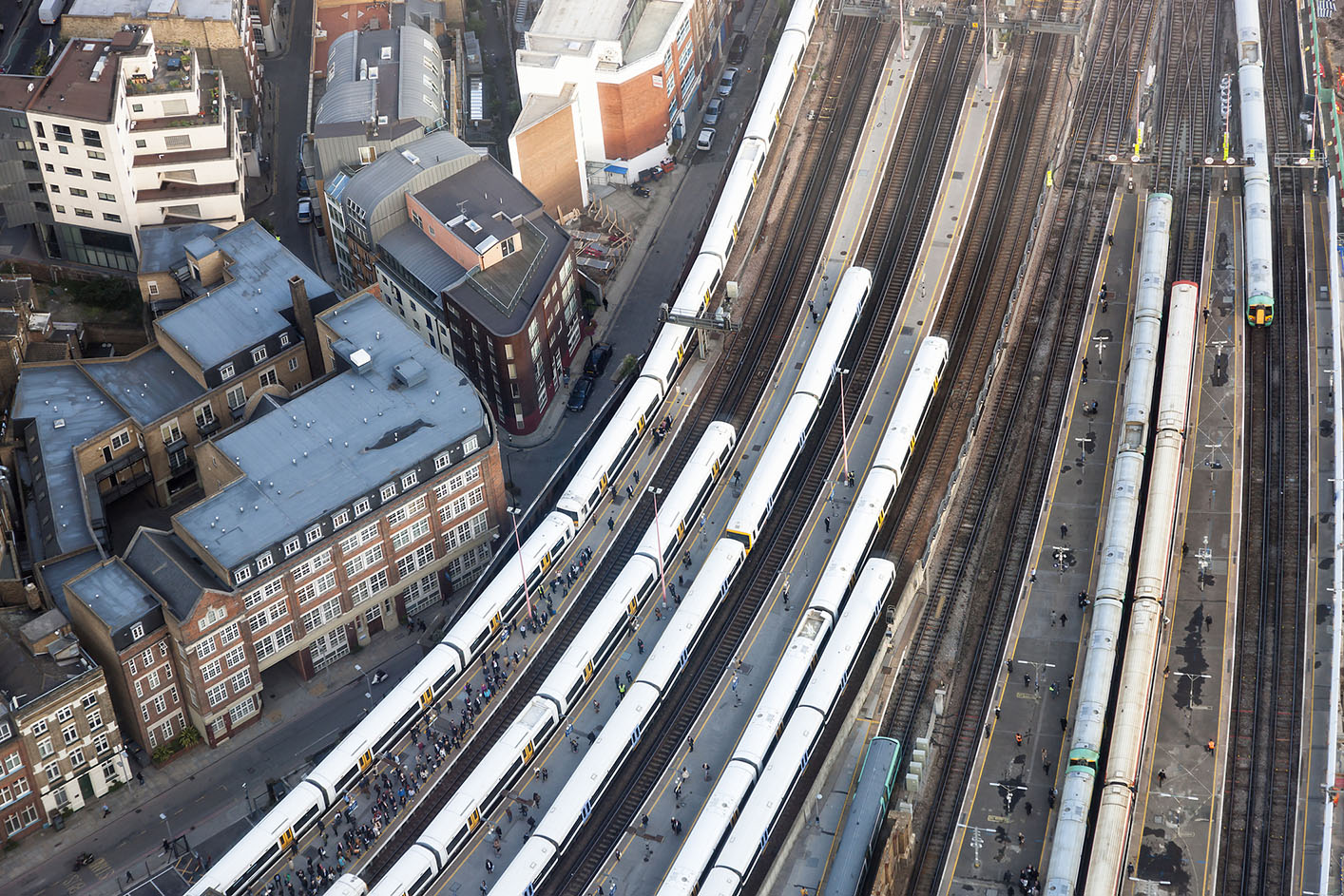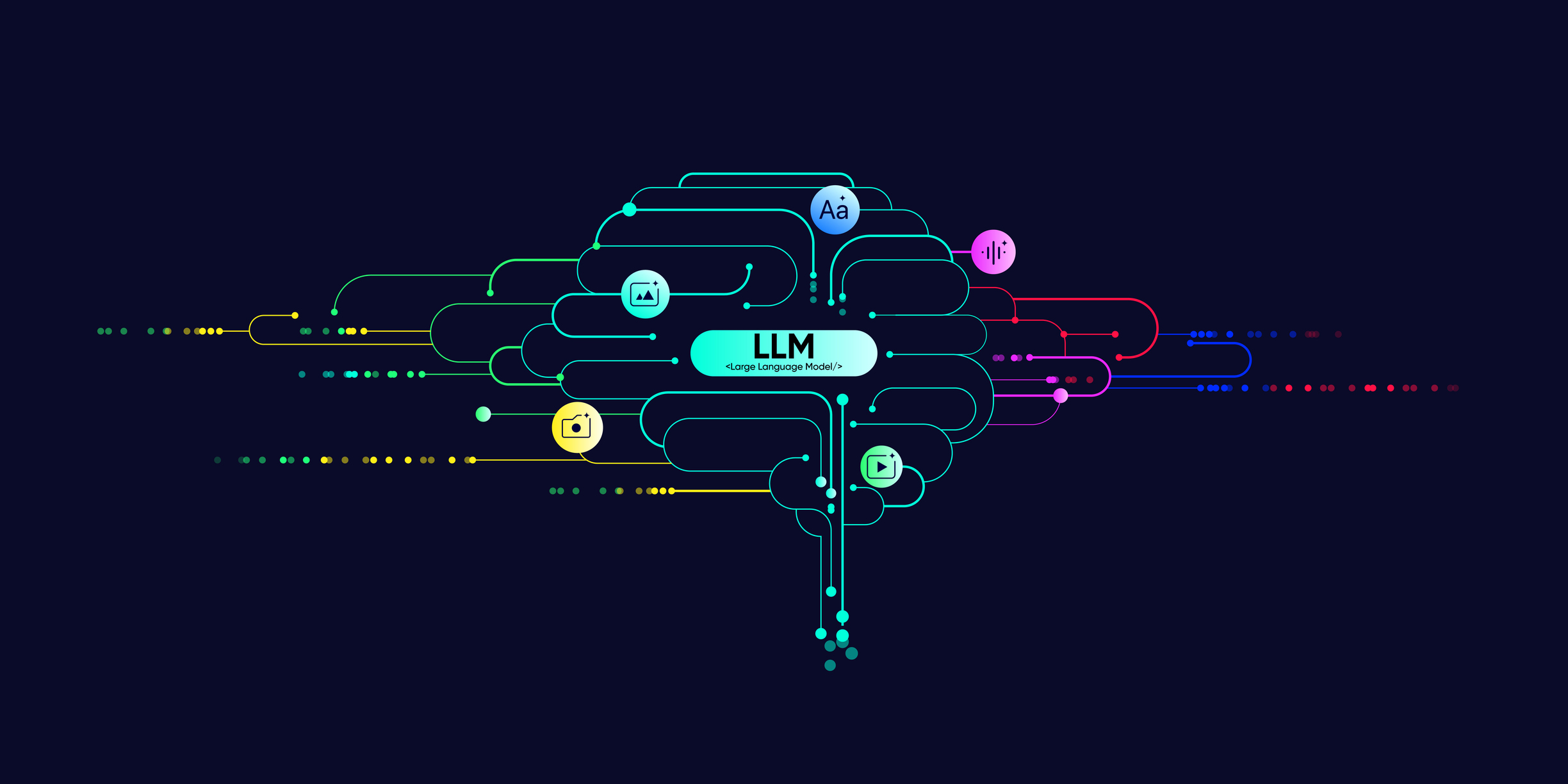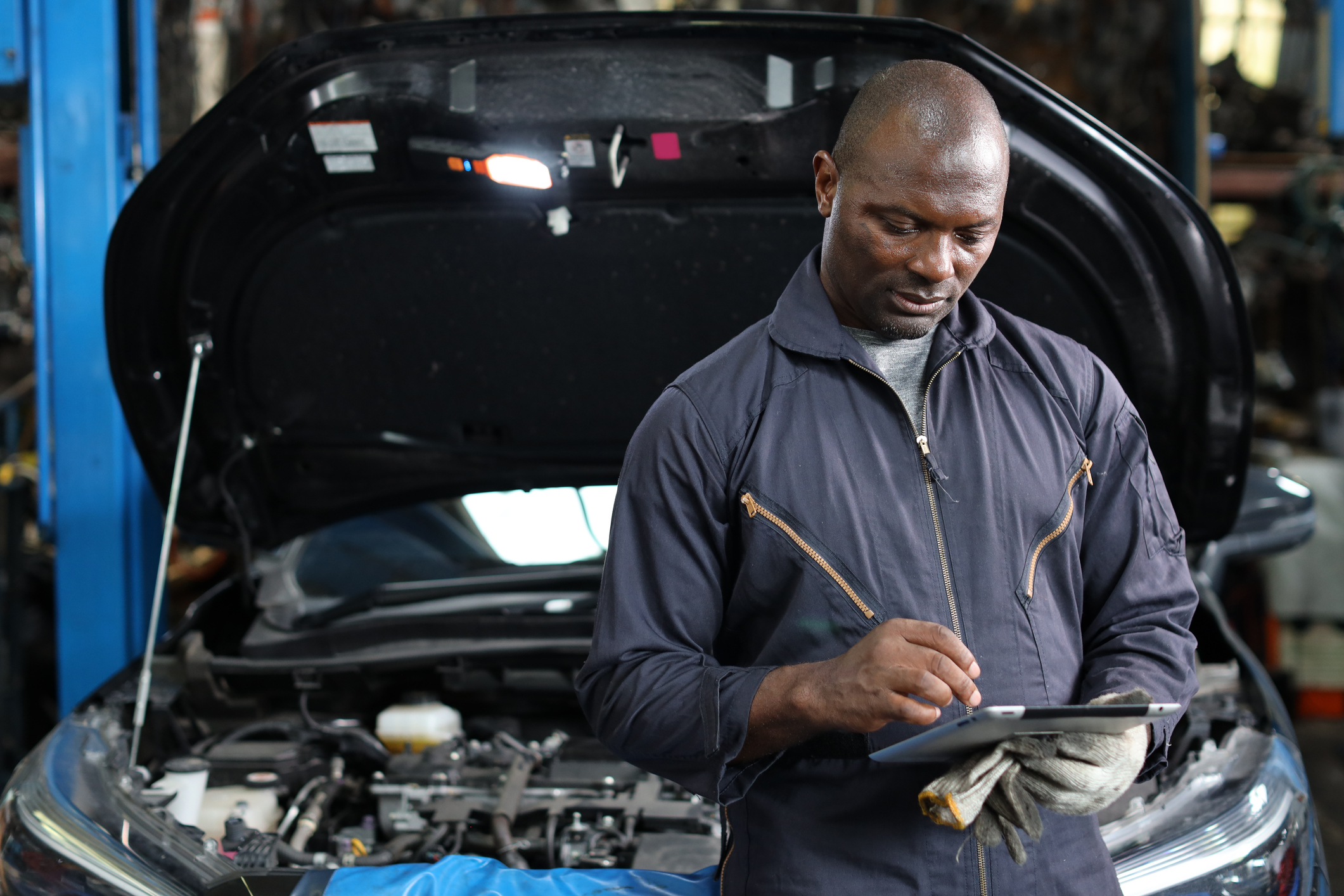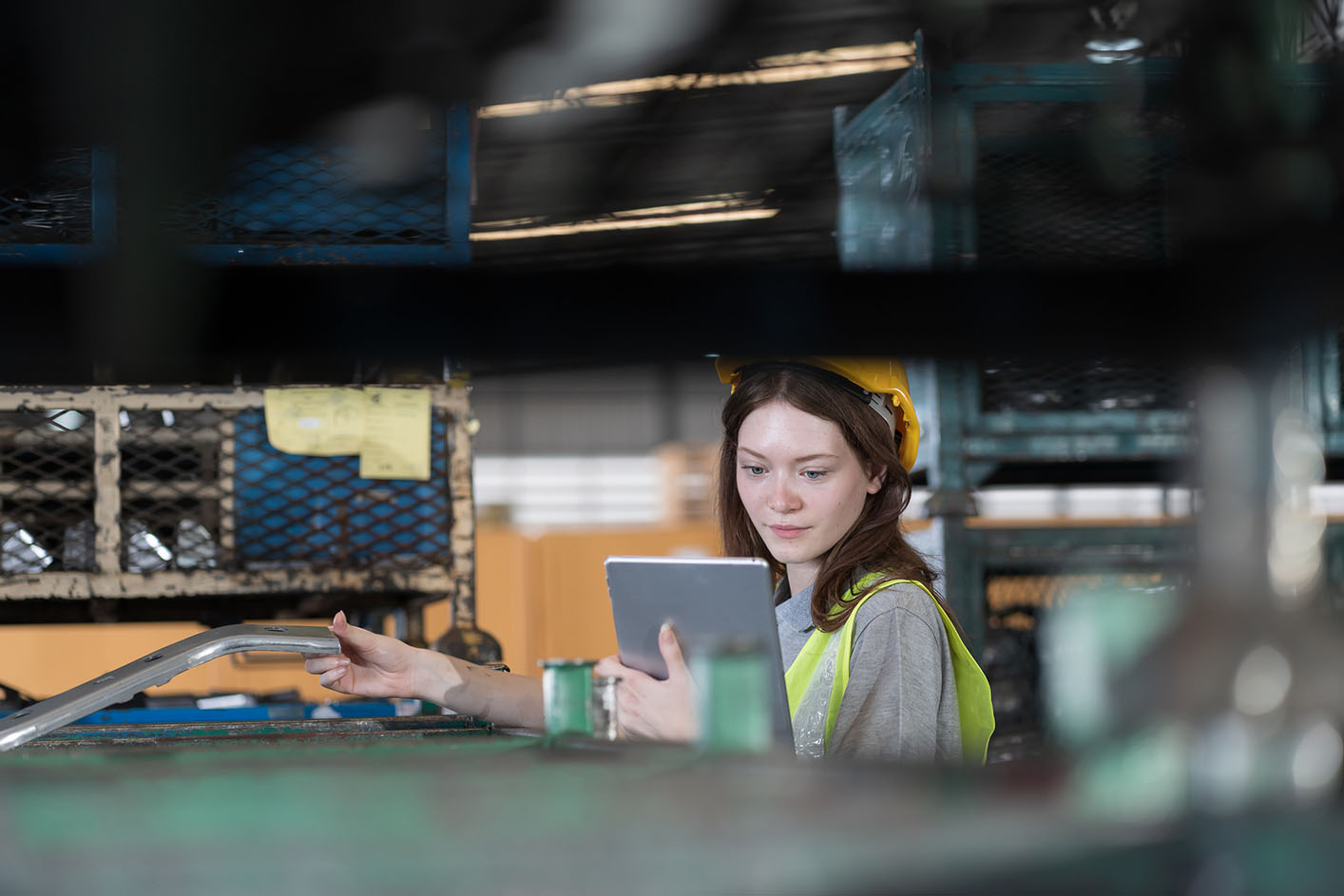Situation
The Dutch railway infrastructure comprises 8000km of tracks, which are all exposed to a range of environmental and mechanical stresses that can result in wear and tear such as cracks, deformations, or misalignments. Any of these issues can compromise the integrity of the tracks, which could lead to derailments, accidents and reduced operational efficiency.
Manual inspections, which usually require track closures, are very costly and limited in their scope and frequency. So there is a pressing need for innovative approaches to railway asset monitoring that can ensure the safety and reliability of railway infrastructure at a fraction of the cost.
Our client, a large European railway operator, was exploring different ways to improve asset monitoring and felt that Valcon’s expertise was needed to move the project forward.
Approach
Computer vision and AI software that enables you to model different scenarios and approaches is an effective solution to manual railway track inspection. With its deep expertise in computer vision technology, Valcon developed a solution involving an extensive camera setup with the footage being automatically analysed by artificial intelligence (AI) to identify track defects and abnormalities.
Computer vision systems have been integrated with cameras mounted on trains and drones that are able to continuously capture high-resolution images of the tracks, even at high speeds. These systems can process images in real-time or near-real-time, identifying and classifying defects, such as rail cracks, track buckling and missing fasteners, and can detect defects that could be missed by the human eye during manual inspections.
The deployment of computer vision requires the careful consideration of a wide range of factors, including data privacy, security, system integration and algorithm accuracy. Our team of data experts applied this knowledge and expertise, providing the client with a state-of-the-art computer vision railway track inspection system.
Results
Valcon has shown how computer vision and AI can transform the way railway track inspections are conducted. We not only delivered our client with substantial cost savings, but a host of other benefits, including:
- Reduction in the need for track closures: with inspections being automated,the ability to continuously capture hi-resolution images of the track, even at high speeds and the processing of images in real time means that defects can be identified and classified instantly. This significantly reduces the need for track closures, which reduces downtime and costs.
- Enhanced safety: by rapidly detecting and addressing track defects, computer vision systems reduce the risk of derailments or other accidents, enhancing the safety of railway workers and passengers. This saves costs related to accidents, protects the reputation of railway operators and boosts public confidence in rail.
- Improved accuracy: computer vision technology detects defects that can be missed through manual inspections. It also provides detailed data on track conditions and because of its high accuracy, it can spot potential issues in the early stages.
- Predictive maintenance: computer vision provides detailed data on track conditions and because of its high accuracy, it can spot issues early. This approach allows maintenance efforts to be focused on the areas that need it most, optimising the allocation of resources and minimising unnecessary maintenance costs.






